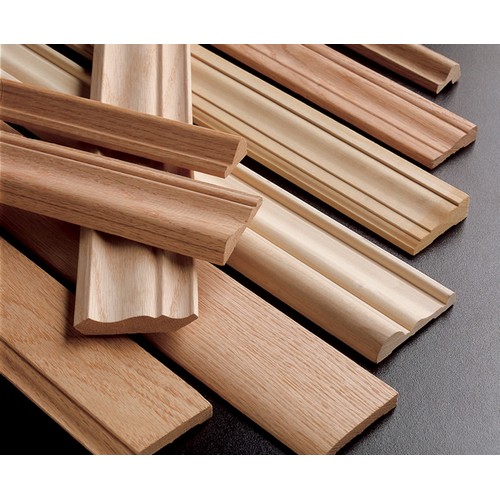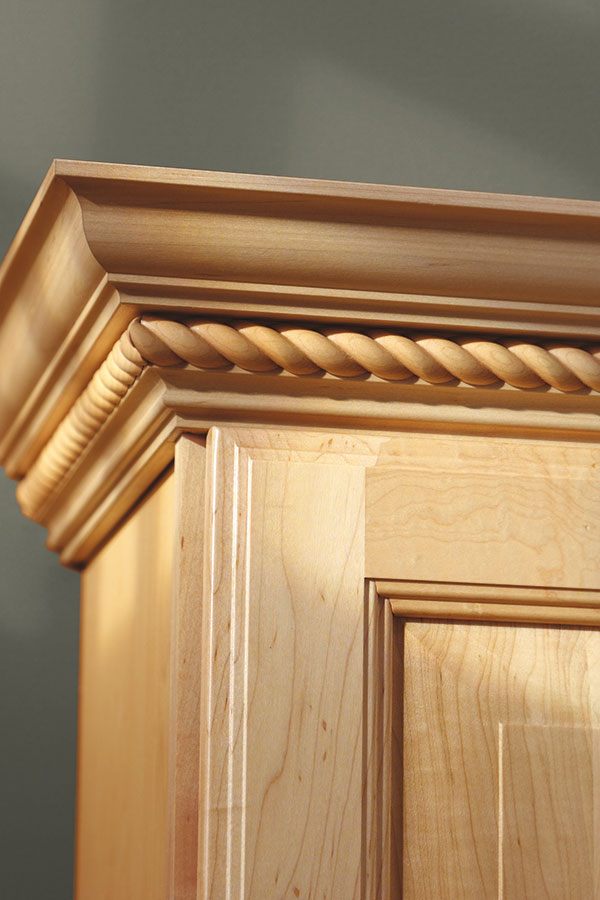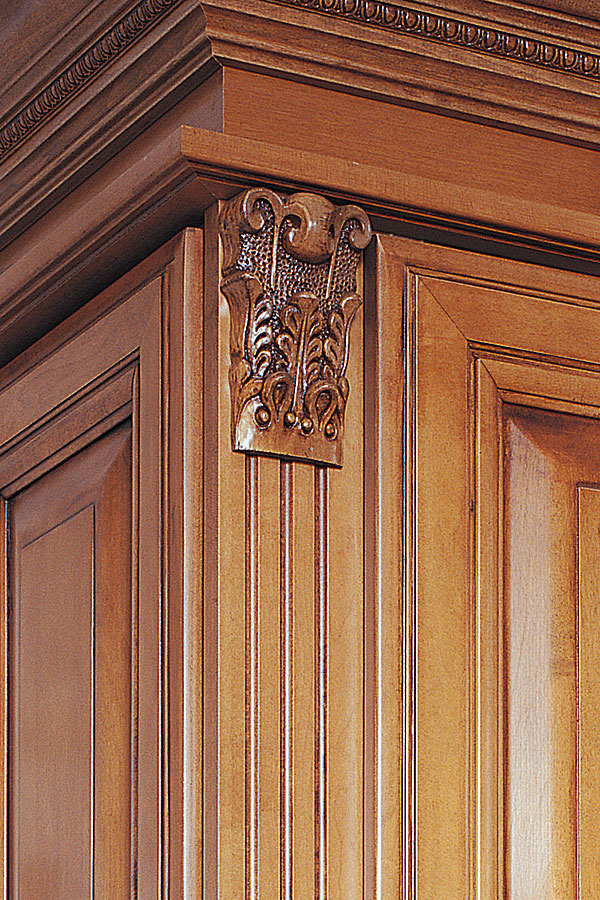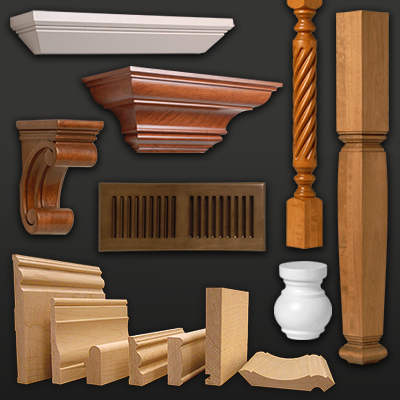When it comes to interior design, the details matter. One often overlooked yet impactful feature is decorative wood molding for cabinets. Having personally experienced the transformation that decorative moldings can bring to kitchen and bathroom cabinetry, I’m excited to share my insights! In this article, we’ll explore everything you need to know about decorative wood molding, from types and styles to installation tips and maintenance.
What is Decorative Wood Molding?
Decorative wood molding refers to various applications of trim or detailing around cabinets, doors, and windows. This design element enhances the aesthetics of your cabinetry, providing a finished look that can range from traditional to modern. Wood moldings can include crown molding, baseboards, and casings, among others.
The Benefits of Using Decorative Wood Molding
- Aesthetic Appeal: Wood molding adds elegance and sophistication to otherwise plain cabinets.
- Increased Property Value: Well-executed molding can increase the overall value of your home.
- Versatile Designs: With a variety of styles available, you can tailor your molding to suit your personal style and the theme of your home.

Types of Decorative Wood Molding
When considering decorative wood molding, it’s essential to understand the various types available. Each molding type serves a specific purpose and provides a unique style.

1. Crown Molding
Crown molding is installed at the junction where the wall meets the ceiling. It adds height and elegance, and it can be particularly stunning in kitchens.
2. Base Molding
Base molding runs along the bottom of the cabinets and provides a polished finish. It’s great for hiding any gaps between the cabinets and the floor.

3. Chair Rail Molding
Chair rail molding is often used in dining rooms but can also complement cabinetry. It creates a visual break and adds dimension to the room.
4. Casing Molding
Casing is used around doors and windows and can be designed to match or complement cabinetry. This type of molding provides an elegant transition and ties the room together.

5. Panel Molding
Panel molding is used to create a raised panel effect on the cabinet doors, giving them a more sophisticated and custom appearance.
Choosing the Right Style and Material

Choosing the right style of decorative wood molding depends on your existing décor and the atmosphere you want to create. Common materials include:
- Pine: Affordable and easy to work with, ideal for DIY projects.
- Oak: Strong and durable, with a beautiful grain pattern.
- Maple: Smooth and fine-grained, perfect for sleek, modern designs.
- Medium Density Fiberboard (MDF): Cost-effective and comes in various styles, though less durable than solid wood.

Installation Guide for Decorative Wood Molding
Now that you’ve chosen your decorative wood molding, it’s time to install it! Here’s a step-by-step guide based on my experience.

Tools and Materials Needed
- Miter saw
- Nail gun or hammer
- Wood glue
- Wood filler
- Painter’s tape
- Sandpaper
- Paint or stain (optional)
Step-by-Step Installation
- Measure and Cut: Measure the length of the area where the molding will be installed and cut the pieces at a 45-degree angle using a miter saw.
- Dry Fit: Before attaching, place the pieces against the surface to ensure a proper fit.
- Attach the Molding: Use a nail gun or hammer to secure the molding in place. Add wood glue for extra support.
- Fill Gaps: Use wood filler to fill any gaps or nail holes, and sand smooth once dry.
- Finishing Touches: Paint or stain the molding to match your cabinets or create a contrast.
Maintenance Tips for Decorative Wood Molding
To keep your decorative wood molding looking fresh and beautiful, consider the following maintenance tips:
- Regular Cleaning: Use a soft cloth and mild cleaner to remove dust and grime.
- Inspect for Damage: Regularly check for signs of wear or damage, especially around the seams.
- Touch Up Paint or Stain: Maintain the finish by touching up any areas that show wear.
Cost Comparison: Different Types of Wood Molding
| Type of Molding | Material | Cost per Linear Foot | Durability | Best For |
|---|---|---|---|---|
| Crown Molding | Pine | $1 – $3 | Moderate | Traditional & Modern Spaces |
| Base Molding | Oak | $2 – $4 | High | Durable Finishes |
| Chair Rail | Maple | $1.50 – $3.50 | Moderate | Dining & Living Rooms |
| Casing Molding | MDF | $0.75 – $2.50 | Low | Cost-effective Solutions |
| Panel Molding | Pine or MDF | $1 – $3 | Moderate | Cabinet Doors |
Pros and Cons of Decorative Wood Molding
Pros
- Adds visual interest and character to cabinets.
- Can hide imperfections and create seamless transitions.
- Available in a wide variety of styles and materials.
- Relatively easy to install for DIY enthusiasts.
Cons
- Can be costly depending on the material and style chosen.
- Installation may require some woodworking skills.
- Wood molding can become outdated; trends may change.
FAQs About Decorative Wood Molding
1. What type of molding is best for kitchen cabinets?
Crown molding is highly popular for kitchen cabinets as it adds height and elegance. However, base molding is equally important for a polished finish.
2. Can I install decorative molding myself?
Yes! With basic tools and some DIY skills, you can install decorative wood molding. Follow the step-by-step guide for best results.
3. How do I choose the right material for my molding?
Consider your budget, desired style, and the overall theme of your home. Solid wood is more durable but more expensive; MDF is cost-effective but less durable.
4. Is decorative wood molding out of style?
While trends can shift, decorative molding remains a classic choice that adds value and beauty to any space. Styles may evolve, but the elegance of molding is timeless.
5. How can I maintain my decorative wood molding?
Regular cleaning and inspections are key. Touch up paint or stain as needed to keep the molding looking fresh.
Conclusion: Elevate Your Cabinets with Decorative Wood Molding
Decorative wood molding can transform your cabinets from ordinary to extraordinary. Whether you prefer the classic elegance of crown molding or the sleek finish of base molding, there’s a style that will enhance your home’s aesthetic. I encourage you to explore your options and consider how this simple addition can make a significant difference in your space.
Have you installed decorative wood molding in your home? Share your experience in the comments below!